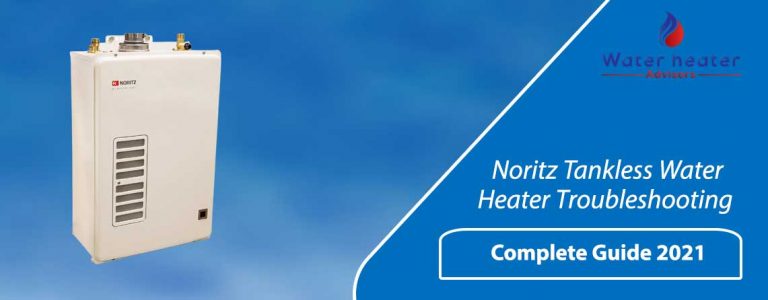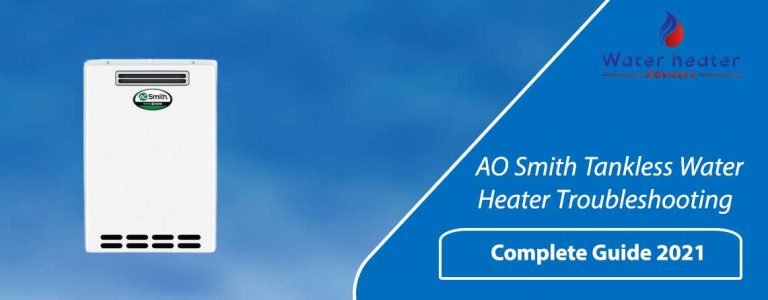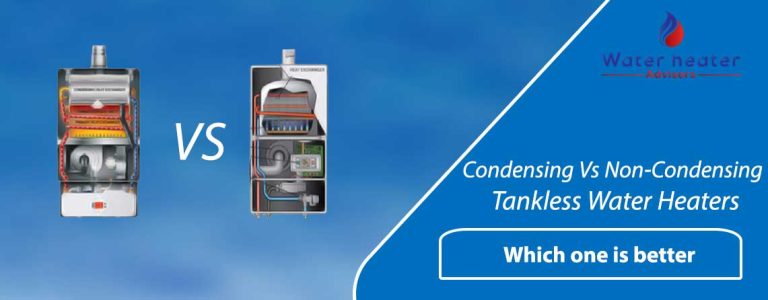How To Vent Tankless Water Heater? Complete Guide 2022
One of the most critical things in deploying a tankless device is how to vent tankless water heater. Correct venting of a water heating system can guarantee efficient performance and increase the lifespan of your appliance.
Selecting the tankless route for your family’s hot water needs certainly comes with countless benefits –like saving utility bills and reducing power consumption. They are highly energy-efficient, enabling you to lower energy expenses by up to 50%.
Additionally, they can decrease greenhouse gas emissions by up to 60% compared to tank-style water heating systems. You can hang them on a wall either inside or outside your residence and procure limitless water without having to wait for a long time.
However, gas and propane-fired units also have their own issues if not installed correctly, like failing very soon in their lifespan due to poor venting.
Therefore, it’s necessary to vent a tankless model according to the manufacturer’s instructions so that it can operate effectively and to prevent the hazard of carbon monoxide poisoning.
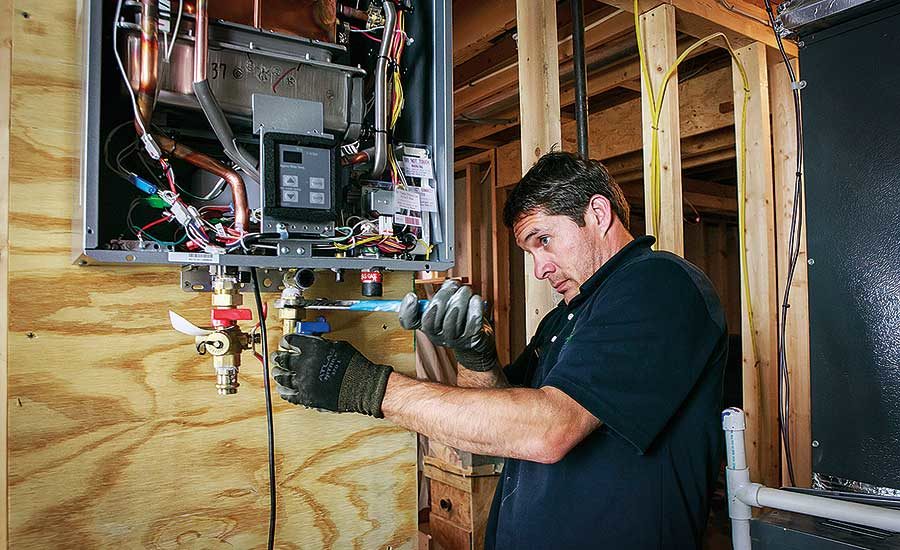
Why Is It Vital To Vent A Tankless Water Heater?
Before learning how to vent tankless water heater, you should know why venting a heater is necessary. All water heating systems that burn gas need a venting system.
The burning process produces heat and destructive exhaust gases. They need a special venting to blow warm exhaust gas outside, where it disperses.
If you have a non-condensing device, you will need a venting of metal like stainless steel or thick aluminum as the exhaust gas is extremely hot. However, you don’t need metal venting for condensing models.
What Are The Important Aspects Of Venting?
A tankless machine’s venting has various components, and you should know about all of them before installing venting.
Outdoor Deployment
If it’s difficult for you to install venting for your indoor device, you can opt for an outdoor heater. Search for units that are anticipated for outdoor deployment and don’t need venting.
Vent Adaptor And Exhaust
A vent adapter is required for linking the appliance to the exhaust hose. You can choose a 3in adapter or 4in adapter, according to your heater type.
The vent pipes should be made of stainless steel and approved by UL. Vent pipes made of PVC are a bad option.
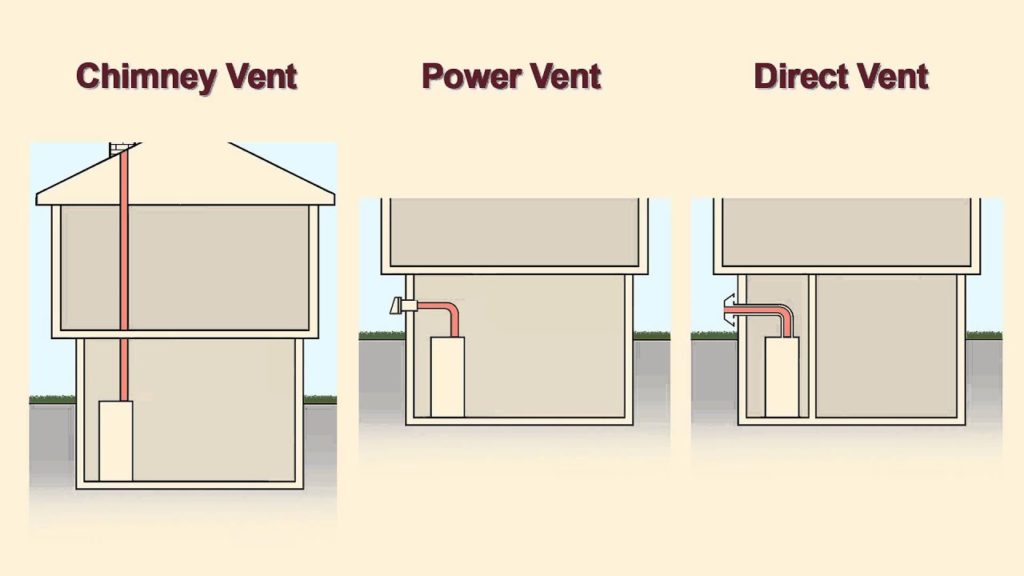
What Types Of Vents Do Tankless Water Heaters Utilize?
They use two types of vents, depending on your particular model.
Direct Venting
It draws air in from a vent pipe that goes through the external wall or the roof and then vents the exhaust gas through a separate vent duct or a separate chamber of the same pipe.
The biggest benefit of this type of vent is that it permits the heater to be installed in smaller spaces. You can use concentric or dual Rinnai tankless water heater venting for your tankless appliance.
A concentric vent draws in air and exhaust gases on the same pipe. The exhaust is in the middle so that the vent’s exterior does not warm up.
They lower the danger of accidental fires initiated by combustible exhausts around the unit. You will have to use PVC pipes because you cannot seal stainless steel with silicone.
Power Venting
A tankless water heating system with a power vent has a noiseless electric blower fan placed on the unit’s top, and it can have either horizontal or vertical vent tubes.
Since the vent does not depend on the warm air’s buoyancy, it can be run horizontally to the house’s exterior. The electric blower cools the air, so you can use PVC pipes as they are easy to assemble. There should be an electrical outlet nearby the device for powering the fan.
How To Vent Tankless Water Heater?
There are two ways to vent a tankless device: horizontal and vertical.
Horizontal Venting Installation
Horizontal venting can be installed in two ways. First, you can utilize a downward slope to deploy the vent’s adapter, 90-degree elbow, and the stainless steel vent hose. You have to get the vent duct of the right length and also maintain the exhaust outside the home’s sidewall.
You can rely on small plastic or metal cap to attach the vent’s interior along the exterior. A ninety-degree elbow is requisite for finishing the installation process.
Secondly, you can install it vertically, with an upward slope, by adding a vertical condensation trap into the elements.
Vertical Venting Installation
Vertical venting placement is much more flexible than horizontal orientation since it consists of various aspects. Nevertheless, the elements required for the plant can remain the same.
You must purchase an adapter, a ninety-degree elbow, and a condensation trap. For some heaters, you don’t need a condensation trap, whereas others have integrated condensation traps.
You need to buy stainless steel for discharging pipes to discharge the outside of your house. Furthermore, you need a fire stop for each ceiling where the appliance is ventilated through.
On the other hand, add a rain cap, a 90-degree elbow for ending the attachment, a storm collar, and a roof flashing on your shopping list.
Is Combustion Air Vital For Tankless Water Heaters?
Combustion air is important for tankless models, and you must know how to deliver combustion air to your machine. Once you place your unit in an open area, combustion air will not bring wind inside your residence.
Some models can work in several atmospheres where they don’t gather fresh air outside the installation’s outer area. As a rule of thumb, a unit that relies on combustion air has to have a minimum of 10,000 cu. ft. around the heater.
The enclosed location needs air tubes and additional air inlets. The machines that require combustion air from the outdoors should have a second hose that has to be put in. It will clean air from the house’s exterior into the atmosphere where the device is installed.
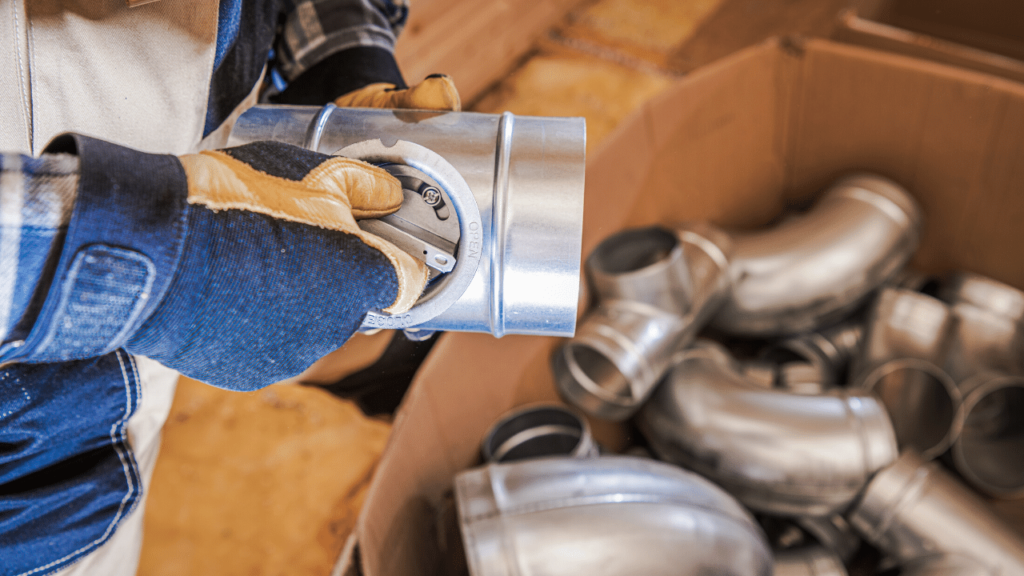
How To Install Venting Tankless Water Heater? Some Important Things To Remember
- Tankless devices that are installed outdoors allow you to get indoor area. Mounting a heater outside clears up indoor space and does not require extra emission.
- Condensation units decrease the installation cost. The exhaust vent is made of plastic or PVC pipe instead of metal, which is a feature that lowers installation expenses.
- Tankless machine venting style offers numerous emission choices. They blow exhaust from the heater horizontally by using fans, thus facilitating vents to end on various positions of your property.
- Models that have a coaxial vent style provide additional safety benefits. If any pipe begins to leak, the air stays within the coaxial vent and does not enter your residence.
- Recess boxes support heaters to adjust within walls without suspending the residence’s exterior. This arrangement allows them to suit inside the house’s frame and not hang from the side.
- Pipe covers and inventive ending points provide attention-grabbing emission solutions.
Frequently Asked Questions
Q. Is It Possible To Vent A Tankless Water Heater Through A Sidewall?
It’s not necessary to vent a heater through the roof. The vents in the tankless machine can end on a sidewall since their combustion fans blow exhaust horizontally, so the warm air goes up and out of the facility.
Q. Do Electric Tankless Water Heaters Need To Be Vented?
If you don’t want to deal with venting problems, you can consider installing an electric tankless water heater. These appliances don’t require venting and offer more options than propane and natural gas heaters.
Gallon per minute (GPM) is the major problem with them. Moreover, they are highly suitable for point-of-use applications and houses with smaller water needs.
Q. Can You Use PVC To Vent A Tankless Water Heater?
You can use ABS or PVC material for your unit with power venting. These models have an electric blower fan that cools the air and lowers the exhaust gas temperature going through the vent enough that it won’t compromise the vent.
Nonetheless, you should determine the requirements of PVC before installing one. You can install it vertically or horizontally. Before installing, you should also check if they are allowed by the heater brand and your local authorities.
Q. Can A Tankless Water Heater Be Vented Through A Chimney?
No, you cannot use a chimney for venting purposes.
Q. How Hot Does A Water Heater Vent Pipe Get?
If your device is set to deposit water at 140 degrees Fahrenheit to reduce legionella bacteria production, the flue gas temperature will be approximately 160 degrees Fahrenheit when the unit is new.
As scale gathers and the unit’s efficiency decreases, the flue gas temperature can rise up to 350 degrees Fahrenheit.
Q. Can A Gas Tankless Water Heater And Furnace Be Vented Together?
Yes, you can vent the furnace and gas unit together. This is because many houses have a tankless water heating system and furnace sharing the same exhaust vent. However, you must install a vent pipe of the right size that your appliance needs.
Conclusion:
Proper deployment of venting is essential for the efficient functioning of your water heater and its sturdiness. How to vent tankless water heater is based on multiple factors such as fuel type, climate, safety concerns, and native codification requirements, specifically regarding the propane and gas-powered heaters which need combustion. Consequently, it’s best to employ the services of an experienced plumber to mount the unit of your choice.

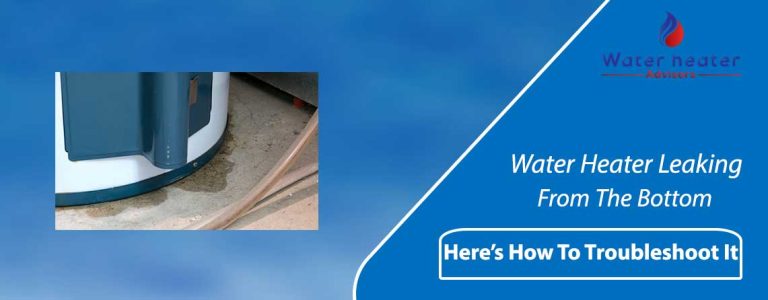
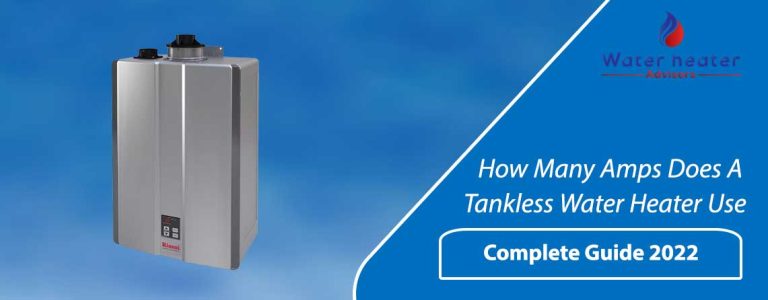
![How To Turn On Water Heater? [Gas, Electric, Tankless Water Heaters – Complete Guide 2021]](https://waterheateradvisors.com/wp-content/uploads/2021/06/How-To-Turn-On-Water-Heater-768x300.jpg)
